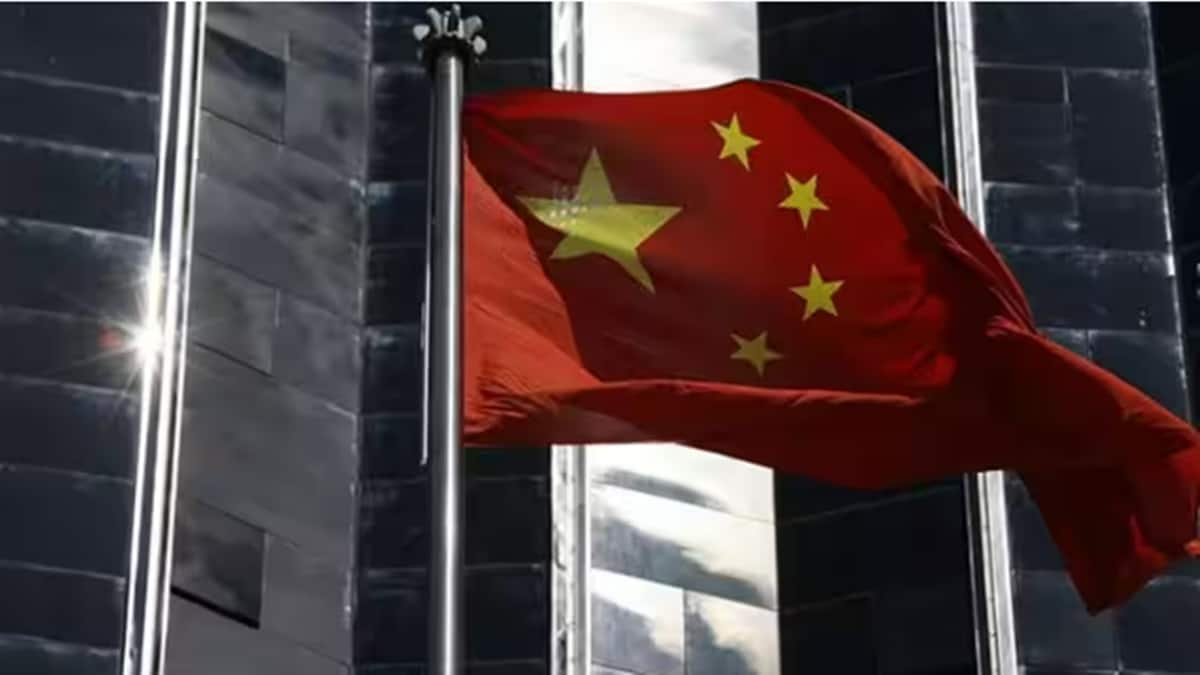China’s great leap backwards: 2023 will be remembered as the year of missed growth opportunities for the country
Ten years ago this November, the 18th Central Committee of the Communist Party of China (CPC) held its Third Plenum, outlining a series of far-reaching reforms designed to sustain China’s rapid economic growth. Around that time, a naive extrapolation based on the difference in growth rates between China and the United States suggested that China’s GDP would overtake America’s by 2021. Some speculated that this could happen as early as 2019.
These predictions have been far off the mark. With the US economy outperforming expectations and the Chinese economy slowing, Goldman Sachs and others now estimate that China’s GDP may not catch up with that of the US until 2035, if ever. And even if it does, it would likely be only temporary. China’s GDP is now projected to peak around mid-century, after which its shrinking labor force will offset any productivity gains.
After three decades of 10% annual growth, the Chinese economy was bound to decelerate. Technological catch-up, diminishing returns on capital, an ageing population, a dwindling supply of workers willing to migrate to cities, and growth rates reverting to the mean have all pushed China toward a so-called middle-income trap.
But the downturn has been more severe than many expected, and it has been partly self-inflicted. Over the past decade, Chinese policymakers have failed to follow their own reform plan, thereby exacerbating the country’s slowdown.
Both Chinese and foreign economists approved of the reform blueprint introduced by president Xi Jinping’s CPC in 2013, which aimed to reduce state intervention in the economy and emphasized the market as the “decisive force in the allocation of resources.” The plan sought to minimize the role of state-owned enterprises (SOEs) and create opportunities for private firms. Private investors were to be given increased equity stakes in SOEs, and SOEs would return a greater share of their profits as dividends. The government aimed to streamline approval processes, clarify which industries would remain state-controlled, and deregulate energy and utility prices, thereby reducing one form of SOE subsidies.
In addition, the financial system was to be liberalised, facilitating greater cross-border capital mobility. China’s growth model was set to shift away from reliance on investment and exports toward household consumption. Rural residents were promised enhanced land rights, perhaps even enabling them to own and sell property and thus reducing the risk of unwarranted land seizures by local officials pursuing unnecessary construction projects. Planned reforms to the household registration (hukou) system would give rural migrants to big cities access to health care, education, and other public services. The disastrous one-child policy was to be abolished. Environmental remediation was recognised as a top priority.
But three years after the target date, the government has carried out only a few of these measures. Notably, the one-child policy was finally abandoned in 2016 (although a three-child limit remains in place). While some progress has been made on the environmental front, most of the planned reforms have not been implemented; some have even been rolled back.
Moreover, the state’s involvement in the economy has increased. Contrary to the objectives set during the Third Plenum, loans to SOEs surged over the past decade while the share of loans going to the private sector declined. Given that private firms tend to be more productive, the increased emphasis on SOEs has contributed to the ongoing slowdown in Chinese productivity growth.
While Chinese leaders have increasingly focused on microeconomic and structural policies, their willingness to pursue proactive macroeconomic measures has waned. Between 2000 and 2013, the government responded effectively to economic shocks with countercyclical monetary and fiscal policies. The People’s Bank of China successfully cooled the overheating economy and curtailed inflation in 2007-08 by hiking interest rates, tightening banks’ reserve requirements, and raising homeowners’ loan-to-value ratios. It followed a similar strategy in 2010-11.
Between these two episodes of economic overheating, monetary and macro-prudential policies were loosened in 2008-09 in response to the global financial crisis. To counteract the economic fallout of the crisis, the government initiated a large Keynesian spending boost, enabling China to recover quickly from the recession.
But Chinese policymakers have not responded to the current recession with their usual countercyclical precision, even after the collapse of the housing bubble and the contractionary impact of Xi’s strict zero-Covid policy undermined output growth. In other words, China’s GDP is currently depressed by both the failure to implement crucial structural reforms and the absence of effective countercyclical macroeconomic strategies.One possible explanation for the apparent contradiction between China’s newfound wariness of fiscal stimulus and its longstanding commitment to national government intervention is that much of the spending in 2008-09 and earlier downturns came from local authorities, which are not entirely controlled by the central government. Another is that while enhancing households’ disposable incomes through transfers would have stimulated consumption and economic growth, it also would have increased the private sector’s role, which does not align with the government’s objectives.
Ultimately, the tension between the market and the state is palpable. The halt in financial liberalisation was partly a response to rising financial instability, particularly the implosion of the stock-market bubble in June 2015. Another goal was to impede net capital outflows and slow the renminbi’s depreciation, which began in late 2014 and disrupted foreign-exchange markets in August 2015.
Deng Xiaoping, who took power in 1978 and led China through two decades of “reform and opening up,” famously made “getting rich” a national priority. This policy lasted for 40 years, as CPC leaders viewed economic prosperity as the key to maintaining popular support.
Xi, however, appears to care more about maintaining political control than economic growth. Consequently, instead of marking a watershed moment for China’s development, the 2013 blueprint will be remembered as a missed opportunity to implement pro-market reforms.
The writer is Professor of capital formation & growth, Harvard University and research associate, US National Bureau of Economic Research
Copyright: Project Syndicate, 2023.http://www.project-syndicate.org
